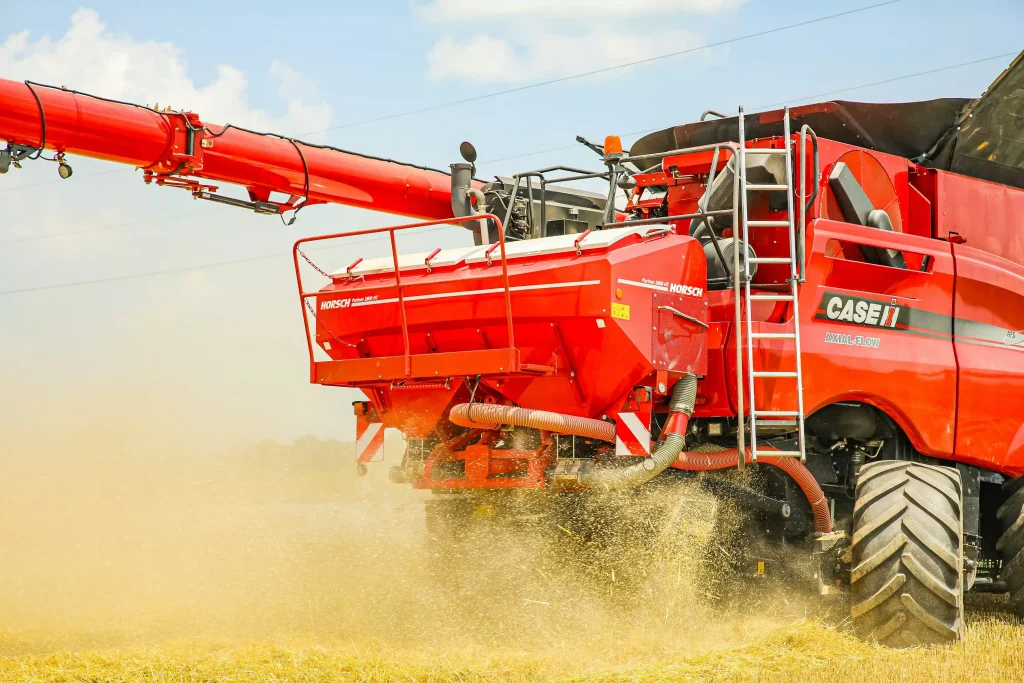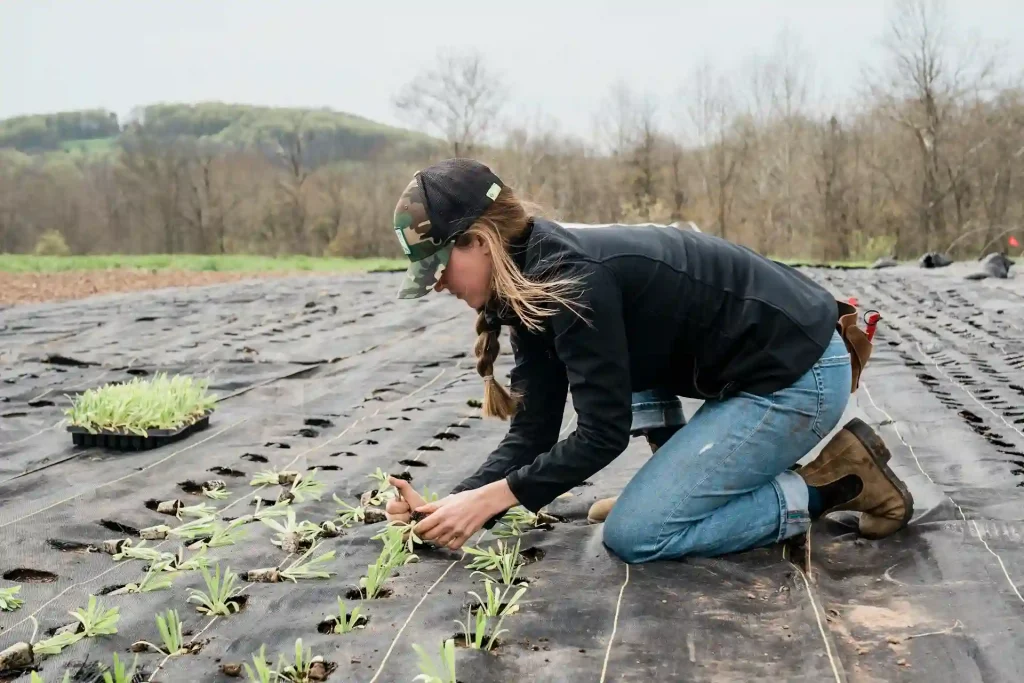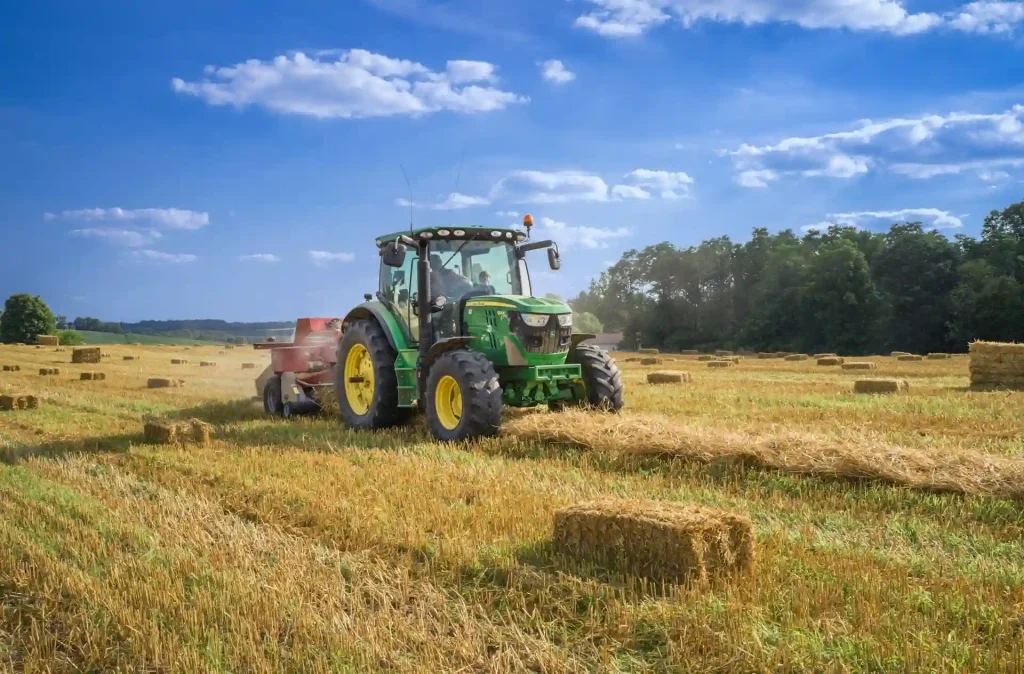The H-2A visa allows U.S. agricultural employers to hire foreign workers for temporary or seasonal farming jobs when domestic labor is not available. For many farms and growers across the United States, the H-2A visa has become an essential solution to address labor shortages and keep America’s agricultural industry thriving. As part of Visa Beyond’s comprehensive immigration support, this guide provides a full breakdown of how the program works, the 2026 government updates, a step-by-step process for both employers and workers, and the most in-demand jobs available under the H-2A visa category.

What Is the H-2A Visa
The H-2A visa is a U.S. nonimmigrant visa program designed for temporary agricultural employment. It enables American employers or U.S. agents to legally bring foreign nationals to perform labor or services that are seasonal or temporary in nature. Employers must demonstrate that there are not enough qualified U.S. workers available and that hiring H-2A visa holders will not negatively impact the wages or working conditions of local workers.
Before applying, employers must obtain a temporary labor certification from the U.S. Department of Labor (DOL). Once certified, they can file Form I-129 with the U.S. Citizenship and Immigration Services (USCIS). Approved workers then apply for an H-2A visa at a U.S. embassy or consulate and can enter the United States for the duration of their authorized employment.

Step-by-Step Guide to the H-2A Visa Application
Visa Beyond helps both employers and workers navigate this process with precision and compliance. Below is a complete overview of each stage from planning to arrival.
Stage 1: Pre-Planning and Recruitment (Employer)
Assess labor needs and determine the number of workers and employment period.
Draft accurate job descriptions and terms such as wages, hours, housing, and transportation.
Conduct mandatory recruitment of U.S. workers through state workforce agencies and local job listings.
File the job order (Form ETA-790) with the State Workforce Agency at least 60 to 75 days before the start date.
Stage 2: Labor Certification (Department of Labor)
Submit the Application for Temporary Employment Certification to the DOL.
The DOL reviews the request to ensure fair wages and that U.S. workers were properly recruited.
Once approved, the employer receives the temporary labor certification required for USCIS.
Stage 3: Petition with USCIS
File Form I-129 (Petition for a Nonimmigrant Worker) with USCIS along with the labor certification.
USCIS reviews the petition, ensuring full compliance with H-2A program requirements.
Upon approval, the employer receives the official Notice of Action, and the worker can begin visa processing.
Stage 4: Visa Application and Entry (Worker)
The worker completes Form DS-160 and schedules a consular interview.
During the interview, the worker presents the job offer, I-129 approval, and personal documents.
Once approved, the H-2A visa is issued, and the worker travels to the United States.
Stage 5: Employment and Compliance
Employers must provide housing, transportation, and meals or allowances as certified.
All job conditions must match the approved labor certification.
Maintain complete records for audits and inspections.
When the contract ends, workers must depart unless an extension or new petition is filed.
Visa Beyond Tip: Begin recruitment and filings several months before the intended start date to avoid seasonal delays. Always verify the Adverse Effect Wage Rate (AEWR) for your state to ensure compliance.

2025–2026 U.S. Government Updates
The H-2A visa program continues to evolve. Visa Beyond tracks all official updates to keep employers and workers informed.
Modernization of the H-2A Program (Effective January 2025)
The Department of Homeland Security introduced new rules to increase transparency, strengthen worker protections, and streamline certain transfer processes. These include:
Expanded authority for USCIS to inspect and review H-2A employers.
Clearer definitions of “termination for cause.”
Reduced outside-U.S. reset period from 90 to 60 days after three years in H-2A status.
Ability for H-2A workers to transfer to new employers once a new petition is filed.
Temporary Pause on Enforcement of the 2024 Farmworker Protection Rule
Due to ongoing litigation, the Department of Labor has suspended enforcement of certain wage and housing regulations issued in 2024, providing temporary relief to employers while maintaining key worker safeguards.
State-Specific Changes
In Washington State, new court rulings require employers to pay prevailing piece rates in addition to the AEWR when applicable. This adjustment may affect job orders and wage calculations in that region.
Country Eligibility
For 2025 and 2026, the Department of Homeland Security continues to update the list of countries eligible for H-2A participation. Most previous countries remain active, with additional entries expected in the upcoming Federal Register.
Policy and Legislative Developments
Discussions around potential visa reductions under broader policy proposals continue. Employers should remain vigilant as any large-scale policy shifts could affect program availability and caps in coming years.

People Also Ask
How long can I stay in the U.S. under an H-2A visa?
Up to three years, after which you must remain outside the U.S. for at least 60 days before reapplying.
Can I change employers while on an H-2A visa?
Yes, under the updated regulations you can start work for a new certified employer once their petition is filed.
Do I pay for recruitment or visa fees?
No, employers are prohibited from charging workers any recruitment or visa processing fees.
What is the Adverse Effect Wage Rate (AEWR)?
It’s the minimum hourly wage that must be paid to all H-2A workers to protect U.S. wage standards.
Is there a limit to the number of H-2A visas issued each year?
No, there is no annual cap. The number of visas depends on employer demand and government approval.
5 Frequently Asked Questions
1. Can an H-2A visa lead to a permanent residency?
Yes, it can. Workers can transition to an employment-based green card through EB-3 sponsorship if they meet all eligibility and labor certification requirements.
2. What expenses must the employer cover?
Employers are responsible for housing, meals or meal allowances, transportation, and visa-related expenses.
3. Do workers receive overtime pay?
Yes, if applicable under state labor laws. Wage terms must be clearly stated in the job order.
4. What happens if USCIS denies the employer’s petition?
Employers may respond with additional evidence or refile once compliance issues are corrected.
5. Can workers renew their H-2A visa immediately after completion?
Workers who reach the three-year maximum must stay outside the United States for at least 60 days before starting a new H-2A term.
Common Jobs and Sectors for H-2A Visa Holders
The H-2A visa primarily serves the agricultural industry. The most common job categories include:
Crop harvesting and field labor
Greenhouse and nursery operations
Orchard and vineyard work
Vegetable and fruit picking
Livestock and range work
Packaging, sorting, and farm maintenance
High-demand states include California, Florida, Georgia, Washington, and Texas. These areas consistently require seasonal labor for fruit, vegetable, and horticultural crops.
Chances of Approval and Success Factors
Approval rates for H-2A visas remain high, particularly for employers who follow proper filing and recruitment procedures. Key factors that improve approval chances include:
Accurate and complete documentation.
Adherence to current wage and housing standards.
Transparent recruitment and record-keeping.
Compliance with all DOL and USCIS audits.
Timely submission of petitions before peak seasons.
Employers with strong compliance histories and proper worker conditions enjoy the highest approval rates. Visa Beyond recommends maintaining detailed records for at least three years and seeking legal guidance for complex or multi-state operations.

Best Practices and Common Pitfalls
File early and track each stage of the process.
Maintain proper housing and safety standards for workers.
Never deduct recruitment or visa costs from worker pay.
Use current wage data published by the Department of Labor.
Keep transparent communication with both the DOL and USCIS.
Train HR teams to manage audits and inspections effectively.
Plan for transportation and return travel reimbursements before contract completion.
H-2A Visa 2026 Outlook
As the agricultural labor demand continues to rise, the H-2A visa program is expected to remain a key employment channel through 2026. However, policy changes and enforcement adjustments could shape how petitions are processed and how wage standards evolve. Employers and workers should:
Stay informed about new DHS and DOL announcements.
Track wage updates under the Adverse Effect Wage Rate for each state.
Monitor the list of eligible countries for participation.
Prepare for stricter compliance audits under the new modernization rule.
Work with experienced immigration consultants like Visa Beyond to ensure smooth and compliant applications.
Conclusion
The H-2A visa is one of the most effective programs connecting international agricultural workers with U.S. employers who need seasonal labor. While the process involves multiple government agencies and strict compliance requirements, following the correct steps greatly improves success rates.
Visa Beyond remains committed to guiding both employers and workers through every phase of the H-2A visa journey — from certification and filing to arrival and compliance. With the right preparation, accurate documentation, and up-to-date understanding of 2026 program changes, you can secure your workforce or employment opportunity with confidence.



